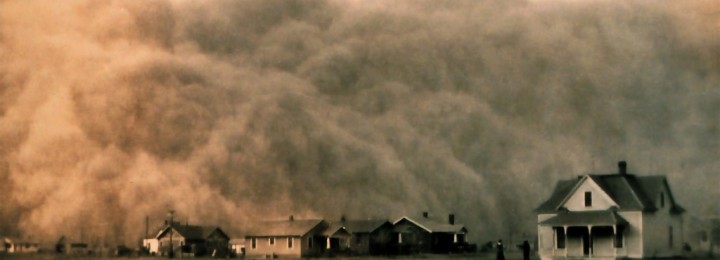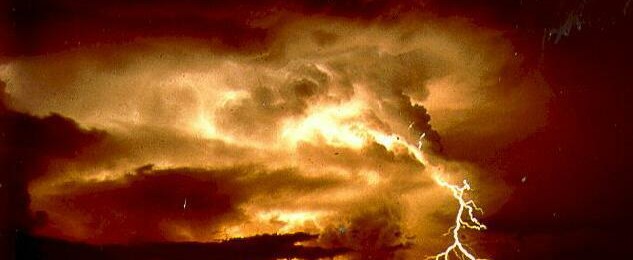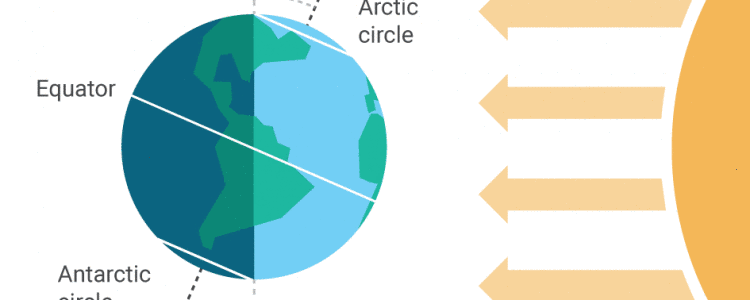Climate science
-

Many one-day high temperature records were set in the 1930s in the United States. There is no doubt that there was very hot weather during that time in the central US, and a lot of that can be linked to land use changes caused by misuse of farmland as well as some shifts in ocean…
-

As I am sitting at home writing this, I hear thunder outside. One of my favorite sounds any time of year! You may be interested to know that there are several types of lightning that can occur in the atmosphere. This recent post from my friend Alicia Wasula of STM Weather describes the different types…
Posted in: Climate science -

Those of you who like exciting movies may be planning to see the movie “Twisters”, which is somewhat an extension of the movie “Twister” from quite a few years ago about storm chasers competing to get the best tornado footage. Here is a discussion about the science in the movie from Dr. Marshall Shepherd of…
Posted in: Climate science -

What is the maximum amount of precipitation a storm could dump on a given area over time? This is a question that is studied by scientists at NOAA (I used to work for this research group many years ago). We need to know it for design of large projects like dams that require prudent planning…
Posted in: Climate science -

Do you know why summer is the hottest season? It’s not because the earth is closest to the sun then. In fact, on July 5 the earth reached its farthest distance from the sun, a point that is called “aphelion” (I think of it as “a” for “away”). The Northern Hemisphere is hottest in June…
-

The summer solstice for the Northern Hemisphere this year occurs on June 20, just a couple of days from now. The summer solstice is the date on which the sun appears to be highest in the sky. This means the longest day of the year and then the slow decrease of day length through the…
-

Radar is one of the most-used tools in meteorological analysis of real-time weather events. Radar shows where precipitation is occurring and how it is moving over time. The newer versions of doppler radar also wind speed and direction, which allows operators to identify areas that might contain a tornado or other strong wind event. If…